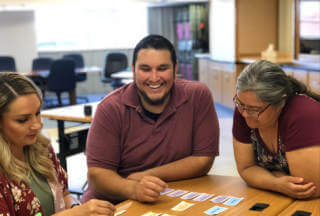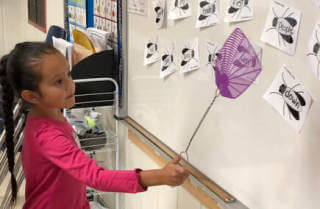Looking for resources to help students learn is just what effective teachers do. SIOP* encourages teachers to go above and beyond what's in the textbook in order to help students connect to the language and the content of the classroom.

Identifying supplementary materials to use is critical when it comes to helping students understand language and content. This becomes even more urgent if you work with English learners. Taking time to consider what other ways you can help students grasp the lesson's objective is an invaluable way to set yourself and your students up for success.
There are a lot of reasons why considering and collecting supplementary materials to use is beneficial to teaching and learning. Here are three:
Finding supplementary materials doesn't have to eat up all of your free time. There are plenty of things that you can do to build the muscle of using supplementary materials. Here are four:

TESOL Trainers has been offering SIOP professional development to K-12 educators in the USA and around the world for almost 20 years.
Whether your staff needs an overview of SIOP, an in-depth look at Sheltered Instruction practices, or a targeted workshop on one specific SIOP feature/component, TESOL Trainers has the professional development program for you.
All of our K-12 staff development programs in SIOP are experiential, engaging, and empowering.
We inspire teachers to reach for higher levels of competence in the classroom.
Click the button below to claim your free ebook and join our mailing list.